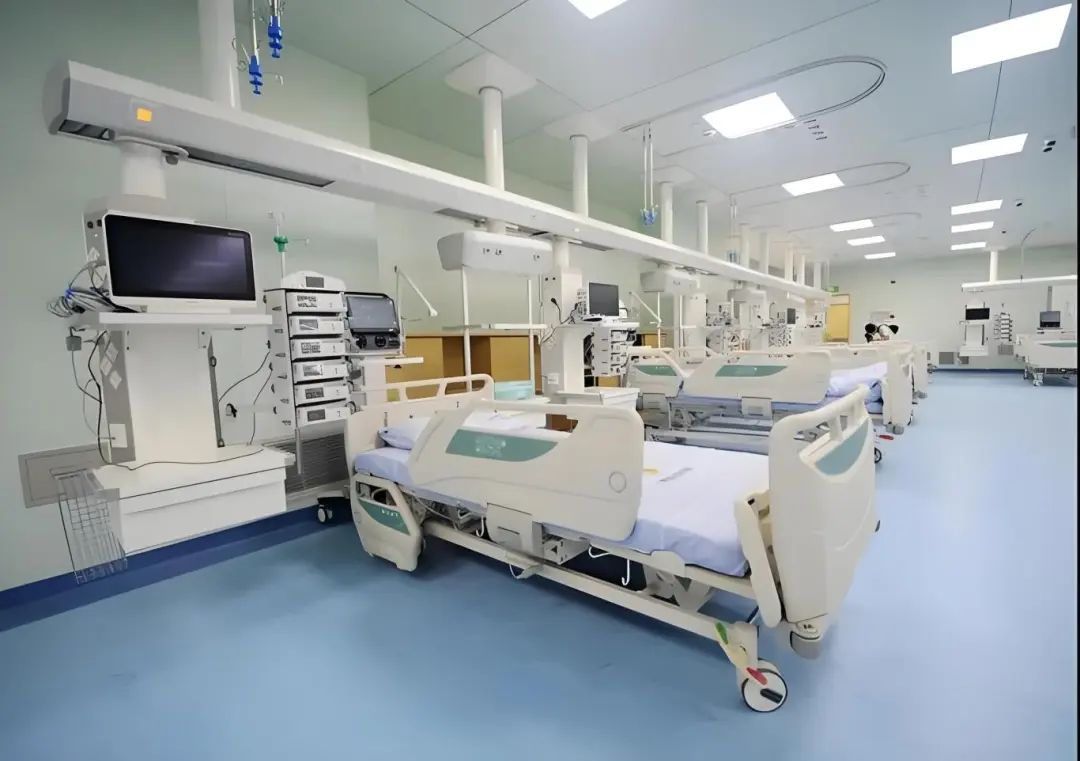The Intensive Care Unit (ICU) Information System is a critical component of the hospital's clinical information system and plays an essential role in the hospital's informatization construction. By integrating electronic medical records, real-time monitoring, decision support, and other functions, it enhances the diagnosis, treatment efficiency, and quality for critically ill patients.
 The Intensive Care Unit (ICU) Information System primarily consists of data collection units, information processing units, communication and collaboration units, and central servers. It achieves central and remote monitoring by collecting, storing, and intelligently analyzing patient information, thereby providing support for clinical medical care and nursing. The ICU Information System must meet requirements such as real-time data processing and analysis, multi-device connectivity, diversified data sharing, and long-term stable operation. This necessitates hardware with strong data processing capabilities, a rich set of interfaces, and high reliability to provide support.
The Intensive Care Unit (ICU) Information System primarily consists of data collection units, information processing units, communication and collaboration units, and central servers. It achieves central and remote monitoring by collecting, storing, and intelligently analyzing patient information, thereby providing support for clinical medical care and nursing. The ICU Information System must meet requirements such as real-time data processing and analysis, multi-device connectivity, diversified data sharing, and long-term stable operation. This necessitates hardware with strong data processing capabilities, a rich set of interfaces, and high reliability to provide support.
 (1).jpg)
Qiyang's RK3588 core board integrates a 6TOPS NPU, 8K video encoding and decoding, gigabit Ethernet, 4G/5G/WiFi network communication, and a rich set of I/O interfaces, enabling flexible application deployment. It is widely used in the field of smart healthcare.
The Intensive Care Unit (ICU) Information System needs to comprehensively manage patient information, continuously updating and entering data such as vital signs, diagnostic results, and treatment plans. The core board is equipped with an octa-core processor, efficiently handling the entry and updating of multiple patient information datasets. With an integrated GPU, it efficiently processes large volumes of real-time data, such as vital sign monitoring data and medical imaging data, reducing the CPU load and improving the overall system response speed.
The board features 8GB of onboard eMMC storage, which can be expanded to 128GB as needed, and supports a TF card interface for expandable storage capacity. This provides ample space for storing patient medical data, allowing medical staff to quickly query and share information, thus improving medical record management efficiency.
The built-in 6TOPS NPU, through the integration of various medical data, provides scientific and accurate decision-making support for healthcare professionals, helping to develop more reasonable treatment plans. It supports deep learning models and can implement anomaly detection algorithms, promptly identifying abnormal vital signs in patients and issuing alerts, enabling medical staff to intervene in a timely manner.
The core board integrates a wide range of interface resources, such as gigabit Ethernet, WiFi/BT, and 4G/5G modules, facilitating the integration of medical information systems (e.g., electronic medical records, hospital information systems) and enabling efficient patient data sharing and analysis. It also supports multiple USB, I2C, PCIe, UART, and other interfaces for flexible device integration.
In an ICU environment, the connection of various electronic medical devices can lead to electromagnetic interference, which may affect the system's normal operation. The core board utilizes industrial-grade electronic components, offering electromagnetic interference resistance and high reliability to ensure stable system operation.



